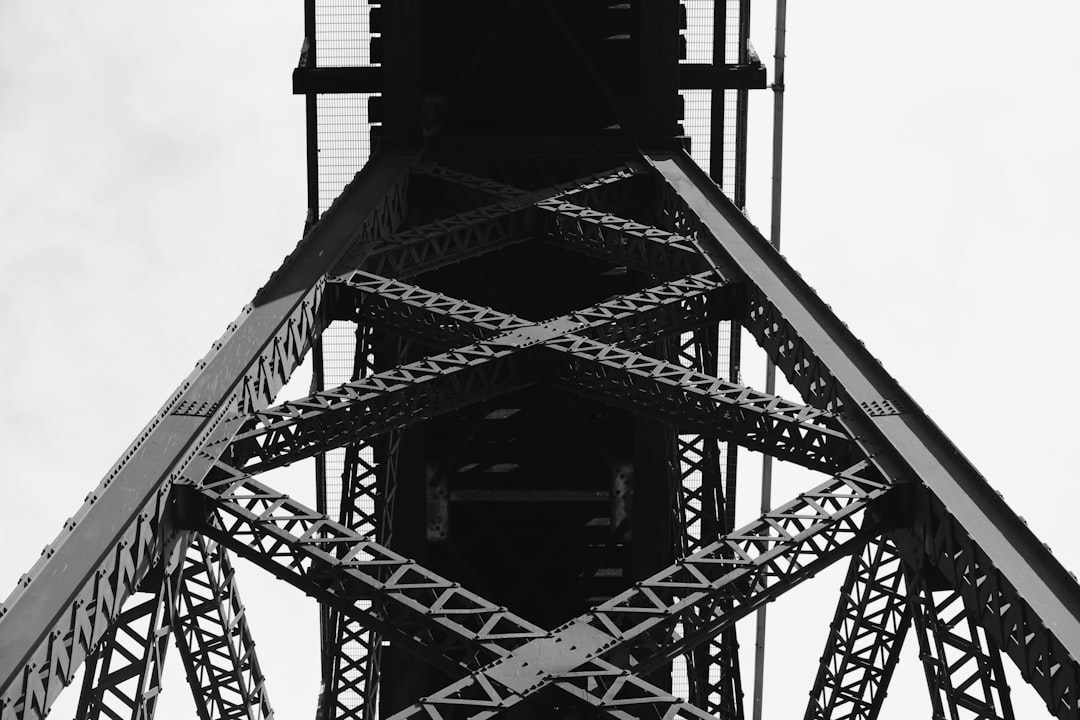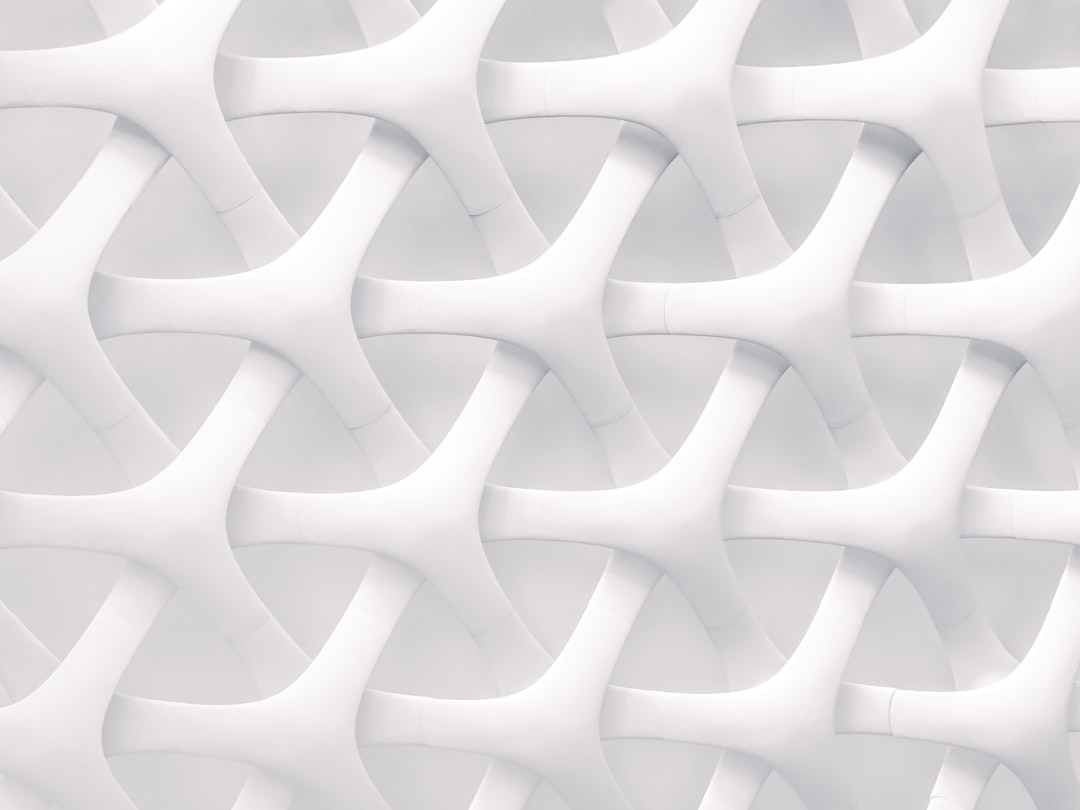What is it about?
To investigate the optimum location of the outrigger system, a meta-heuristic‐based size and topology optimization of the outrigger‐braced tall buildings is carried out by various three‐dimensional structural frames with different shapes of belt trusses. By considering the elastic behavior, the whole elements of the structural models such as beams, columns, core, and trusses are optimized simultaneously in conjunction with the location of the outrigger. Furthermore, to reach more optimality, several novel types of belt truss are proposed having inclined and inverse‐inclined belt trusses with better structural and architectural features and optimum performance in comparison with the horizontal one. Different models with 25 to 40 stories having various span numbers are optimized using the genetic algorithm, and the results are compared with each other. In the modeling process, the exact wind load distribution is applied to the structure based on the ASCE7‐16 rather than the uniform or triangular ones. According to the results, the optimum cross‐sectional size and outrigger locations of different models are obtained, and it is indicated that the proposed novel belt trusses are optimal solution for the problem.
Featured Image

Photo by Hendri Sabri on Unsplash
Why is it important?
A new outrigger system with inclined and inverse-inclined belt truss has been introduced. Optimum design of three-dimensional tall buildings have been carried out for optimum location of the outrigger system.
Perspectives
I hope this article help in further controlling the displacement of outrigger-braced tall buildings.
Salar Farahmand-Tabar
Read the Original
This page is a summary of: Simultaneous size and topology optimization of 3D outrigger‐braced tall buildings with inclined belt truss using genetic algorithm, The Structural Design of Tall and Special Buildings, June 2020, Wiley,
DOI: 10.1002/tal.1776.
You can read the full text:
Contributors
The following have contributed to this page










